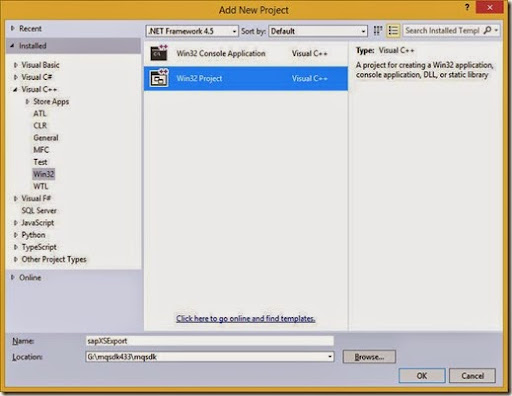
Metasequoia dots cemeteries in Cambridge, Massachusetts, and Louisville, Kentucky. Its discovery captivated the world, especially the American public, and made possible the myriad dawn redwoods we see today in cities, parks, and campuses on nearly every continent.

#Metasequoia 4 standard series#
A rotting heap of nature, to most eyes.īut Ma had spent years finding the pile-the lone survivor of a lost series of specimens that, in 1940s China, led to the botanical find of a century: a living fossil we now call Metasequoia glyptostroboides, or dawn redwood. At the bottom of a cabinet in a dark, moist, long-abandoned herbarium in Nanjing, perched unprotected on top of the conifer specimens, lay a barely intact cluster of twigs and needles.

On a clear August day in 2002, Ma Jinshuang, a botanist, struck gold.

From the January 2016 issue of Landscape Architecture Magazine. Contact a local bonsai club for more advice.The 1940s discovery in China of the dawn redwood, a living fossil, remains in shadows cast by war, political upheaval, and scholarly intrigue. In areas that have extremely cold winters, bonsai can be protected in garages, sheds, cold frames or basements. We also recommend protecting your bonsai from extremely cold winds by placing it against the south side of your house. You should “Heel-In” your bonsai by covering the pot and soil with pine needles or mulch when temperatures approach freezing. Nevertheless, the root systems of outdoor bonsai need protection from extreme winter weather. WINTER CARE Outdoor bonsai need to experience winter dormancy and should remain outdoors in the winter. If any problems appear, most garden centers have products available for treatment. A brisk spraying of the trunk and foliage periodically will help keep your tree clean. INSECTS & DISEASES Insects and diseases can attack bonsai just like any other plant. We recommend using slow-releasing organic fertilizers for more mature specimen bonsai. Most water-soluble and time-released fertilizers work very well when used as directed. FERTILIZING Fertilizing bonsai is required. We recommend waiting at least one growing season before repotting your bonsai to make sure it is well established. Make sure you are using a good bonsai soil when repotting since regular potting soil will compact and inhibit proper drainage. Repotting outdoor bonsai should be done before new growth appears during late winter or early spring. It is necessary to repot your bonsai when its root system becomes pot bound. REPOTTING Your bonsai will need to be repotted every four to five years. To best understand trimming and wiring techniques, we recommend purchasing an instructional book. Bonsai should be periodically trimmed to keep their miniature shape. General care is also important to maintaining a beautiful bonsai. Misting foliage periodically is recommended, but should not be considered watering. Water should be running out of the drain holes. You should thoroughly soak your bonsai’s soil.

Water your bonsai properly by using a watering can or hose attachment that has a fine-spray nozzle. However, you should never let your bonsai’s soil dry out. In the winter you will not need to water as frequently. Outdoor bonsai should be watered daily in the spring, summer and fall. WATERING PROPERLY Watering properly is critical to maintaining a healthy bonsai! Outdoor bonsai are watered according to the season. You should never leave your bonsai inside for more than five days. Outdoor bonsai can be displayed indoors, but only for short periods of time. Patios, decks and balconies are great areas to display your bonsai during the growing season. All outdoor bonsai prefer morning sun and afternoon shade. Upon receiving your bonsai, it is best to acclimate it in a shady area for one week. All outdoor bonsai are hardy and require seasonal change. OUTDOOR BONSAI Outdoor bonsai include evergreen varieties like pines and junipers as well as deciduous varieties like maples and elms.


 0 kommentar(er)
0 kommentar(er)
